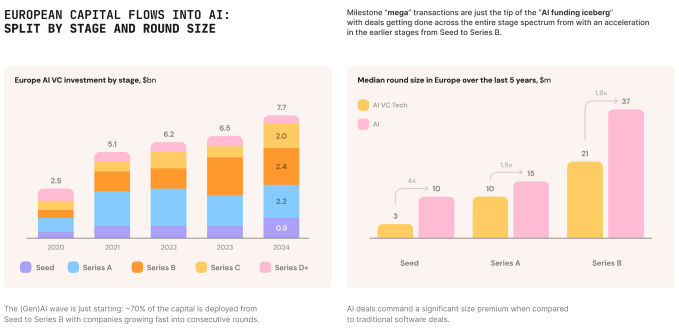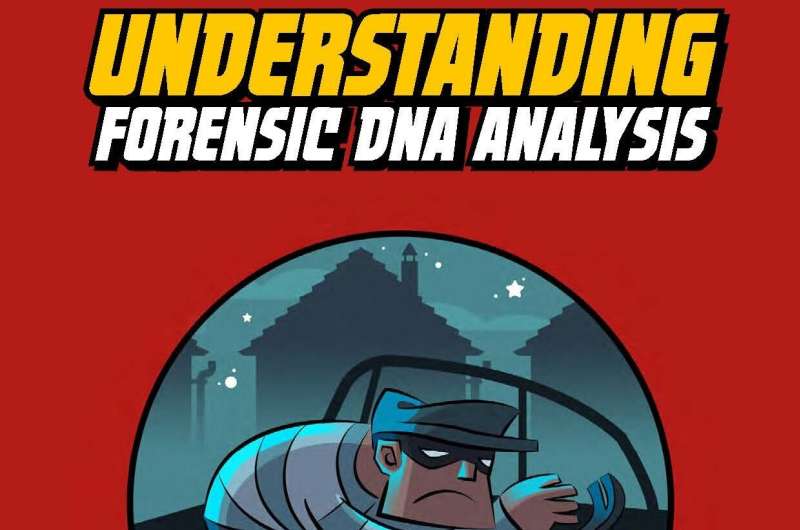Edit Content
Trending






Imagine being summoned as a juror in a murder trial. The expert responsible for analyzing DNA traces at the crime scene has just explained that they match the defendant’s profile. “Then the culprit must be them,” you think.
At this point, however, the expert adds, “The sample, however, is partially degraded.” What does this mean? How does this information affect your judgment? The scientist further explains that there is a one-in-a-billion probability that other people could match the identified genetic profile. How significant is this new information? Is this probability high or negligible? What is your verdict now?
“The decisions being taken by members of juries are just so vitally important and often they’re shaped by their understanding of the forensic evidence that’s being presented,” explains Dr. Andy Ridgway, Senior Lecturer in Science Communication at the University of the West of England, UWE Bristol, and one of the study’s authors of a study appearing in the Journal of Science Communication (JCOM).
“They often have little to no science background and frequently lack prior knowledge of the forensic techniques they are expected to assess in making their decision.” This is a widespread issue, and scientific literature on the subject suggests that understanding of science in courtrooms is often quite limited.
“The Evidence Chamber,” the project within which the research described in JCOM was developed, was created precisely to explore how non-experts understand scientific evidence in judicial proceedings, combining forensic science, digital technology, and public engagement.
The Evidence Chamber was developed by the Leverhulme Research Center for Forensic Science at the University of Dundee (Scotland) in collaboration with Fast Familiar, a collective of digital artists specializing in interactive experiences.
A team from UWE Bristol, including Izzy Baxter, a student studying for an MSc in Science Communication at the time, was involved in analyzing the data collected during the research phase aimed at testing the use of comics as a tool for communicating forensic science.
The study involved about 100 volunteers who acted as “jurors” in mock trials. The interactive experience involved different types of evidence; they listened to the expert witness testimony, which focused on DNA analysis and gait analysis (the study of a suspect’s walking pattern for identification).
The jury discussion took place in two phases: “First, they received the expert witness testimony. They then discussed it and indicated whether they believed the defendant was guilty or not guilty at that point. After that, they were given access to the comics,” explains Heather Doran, researcher at the Leverhulme Research Center for Forensic Science, University of Dundee, who was involved in the study.
“This allowed us to see how the comics might influence their previous discussion and whether they provided any useful additional information.”
“We conducted an analysis of the discussions among jurors, one immediately after the expert testimony in court and another after they had read the comics,” explains Ridgway. To assess whether comics provided an advantage in comprehension, during the experimental phases, one group received only the traditional expert testimony, while the other had access to both the expert’s explanation and the comics.
Discover the latest in science, tech, and space with over 100,000 subscribers who rely on Phys.org for daily insights. Sign up for our free newsletter and get updates on breakthroughs, innovations, and research that matter—daily or weekly.
The analysis confirmed the effectiveness of comics: participants who read the comics discussed the evidence in greater detail, showing increased confidence in their reasoning and conclusions. In the group that read the comics, jurors made more explicit references to scientific concepts and demonstrated a better ability to connect forensic science to their final decision.
In contrast, in the groups that received only the oral explanation, more misinterpretations of the evidence emerged, with misunderstandings related to the meaning of probability and margins of error, whereas the comics helped clarify these concepts. Additionally, discussions in the groups with comics were more balanced and participatory, with greater interaction among jurors.
This experience demonstrates that comics can be a valuable tool for explaining forensic science in court, supporting jurors. It is important to emphasize that this type of material must be carefully designed. The scientific comics used in The Evidence Chamber were developed by specialists at the University of Dundee.
“The University of Dundee has an historical link with comics. We worked with our Professor of Comics Studies and artists to create them,” explains Doran. “Dundee, the city where the center is located, has a history in comics. It’s the home of Beano the comic and Dennis the Menace. And the University of Dundee also offers comic courses, with which we have been collaborating for a long time.”
More information: Can Science Comics Aid Lay Audiences’ Comprehension Of Forensic Science?, Journal of Science Communication (2025).
Provided by International School of Advanced Studies (SISSA)
Citation: Explaining forensic science in court with comics (2025, February 5) retrieved 5 February 2025 from https://phys.org/news/2025-02-forensic-science-court-comics.html
This document is subject to copyright. Apart from any fair dealing for the purpose of private study or research, no part may be reproduced without the written permission. The content is provided for information purposes only.
©2024. Livebuzznews. All Rights Reserved.